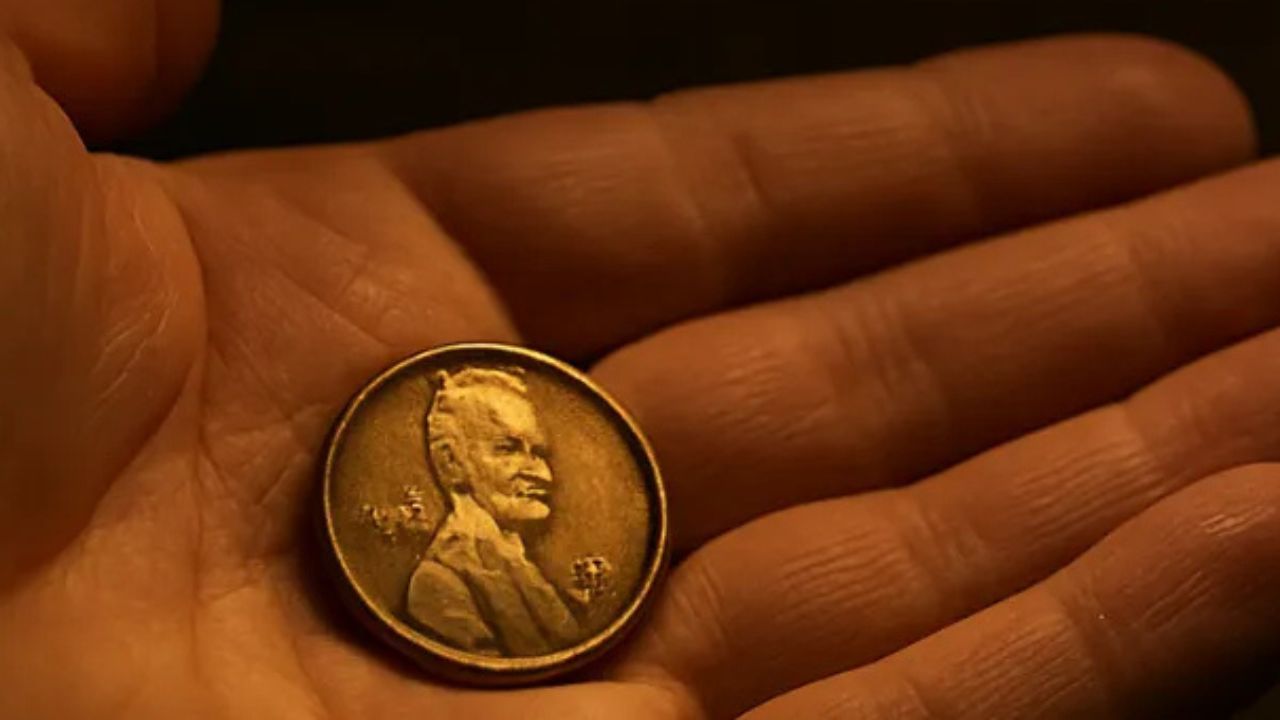Imagine reaching into your change jar and pulling out a penny—only to discover it’s worth $1.7 million. Sounds unbelievable, right? Yet, for some lucky individuals, this dream has turned into reality, thanks to the iconic Lincoln Wheat Penny. While most of these pennies are only worth a cent, a few rare versions are now considered treasures in the world of numismatics.
In this article, we’ll dive deep into what makes the Lincoln Wheat Penny so special, how to identify the ultra-rare $1.7 million version, and what other valuable Wheat Pennies might be hiding in your pocket.
What Is a Lincoln Wheat Penny?
The Lincoln Wheat Penny, often referred to as the “Wheat Cent,” was first introduced in 1909 to commemorate the 100th birthday of President Abraham Lincoln. It holds the distinction of being the first U.S. coin to feature a real historical figure.
The reverse of the coin displays two stalks of wheat, which gave the penny its nickname. These coins were produced from 1909 to 1958, and while millions were minted, a handful of rare dates and error versions have become highly collectible.
The $1.7 Million Penny: Why Is It So Valuable?
The most legendary version of the Lincoln Wheat Penny is the 1943 Bronze Lincoln Penny. Here’s why it’s turning heads in the collector world:
- In 1943, due to World War II metal shortages, the U.S. Mint switched from copper to steel for making pennies.
- However, a few leftover bronze planchets (used in 1942) were mistakenly struck with the 1943 design.
- Only around 10 to 20 genuine 1943 Bronze Pennies are known to exist.
- One of these sold for a staggering $1.7 million at auction, making it one of the most valuable coins in U.S. history.
This coin is the perfect storm of rarity, historical significance, and collector demand, all wrapped into one small piece of copper.
How to Identify a 1943 Bronze Lincoln Penny
Think you might have one of these rare coins? Here’s how to tell:
Check the Date
Look for a coin dated 1943 on the obverse (front).
Test with a Magnet
A genuine 1943 Bronze Penny will not stick to a magnet. Most 1943 pennies are made of steel and will attract magnets easily.
Look at the Color
The bronze penny will appear brown or copper-colored, unlike the silver-gray steel versions.
Weigh the Coin
A bronze penny weighs about 3.11 grams, while a steel one weighs closer to 2.7 grams. Use a precise digital scale for accuracy.
Get It Professionally Graded
If you suspect you have a rare find, don’t clean or damage it. Submit the coin to reputable grading services like PCGS or NGC for authentication and valuation.
Other Valuable Lincoln Wheat Pennies to Look Out For
Even if you don’t own a 1943 Bronze Penny, other Lincoln Wheat Pennies are still worth a significant amount. Keep an eye out for these:
1909-S VDB
- First year of the Lincoln Cent.
- Only 484,000 minted in San Francisco with designer Victor D. Brenner’s initials (VDB) on the reverse.
- Value: $1,000–$60,000+ depending on condition.
1914-D
- Low mintage from the Denver Mint, with just 1.2 million made.
- Value: $200–$13,000+ based on condition and grade.
1922 “No D”
- Produced at the Denver Mint but missing the “D” mintmark due to a worn die.
- Value: $500–$15,000+ depending on clarity and wear.
1955 Doubled Die
- Famous error coin where the date and lettering appear doubled.
- Noticeable doubling on words like “LIBERTY” and “IN GOD WE TRUST.”
- Value: $1,000–$20,000+ in good condition.
Why Are Rare Pennies Worth So Much?
The high values attached to rare Lincoln Wheat Pennies come from a mix of factors:
- Rarity: Fewer coins mean more demand among collectors.
- Historical Interest: These coins reflect U.S. history, especially wartime events.
- Investment Potential: Many collectors view rare coins as a long-term investment.
- Condition: Coins in mint or near-mint condition are worth significantly more.
The $1.7 million 1943 Bronze Penny hits all these marks—it’s rare, tied to WWII history, and fiercely desired in the collector community.
Could You Really Have One of These in Your Pocket?
It’s unlikely—but not impossible. Stories of people finding rare coins in everyday places are more common than you’d expect. Valuable Lincoln Wheat Pennies have been found in:
- Old coin jars or collections passed down through generations
- Garage sales or flea markets
- Bank-wrapped coin rolls
- Occasionally, even in daily change
While you may not strike it rich, many Wheat Pennies are still worth between $5 to $100+, especially those in good condition or with rare features.
Final Thoughts
The Lincoln Wheat Penny is more than just an old coin—it’s a piece of American history and a potential hidden treasure. Whether you’re a seasoned collector or a curious beginner, it pays to take a second look at your pocket change. Who knows? That ordinary-looking penny might just be the million-dollar coin you never knew you had.
